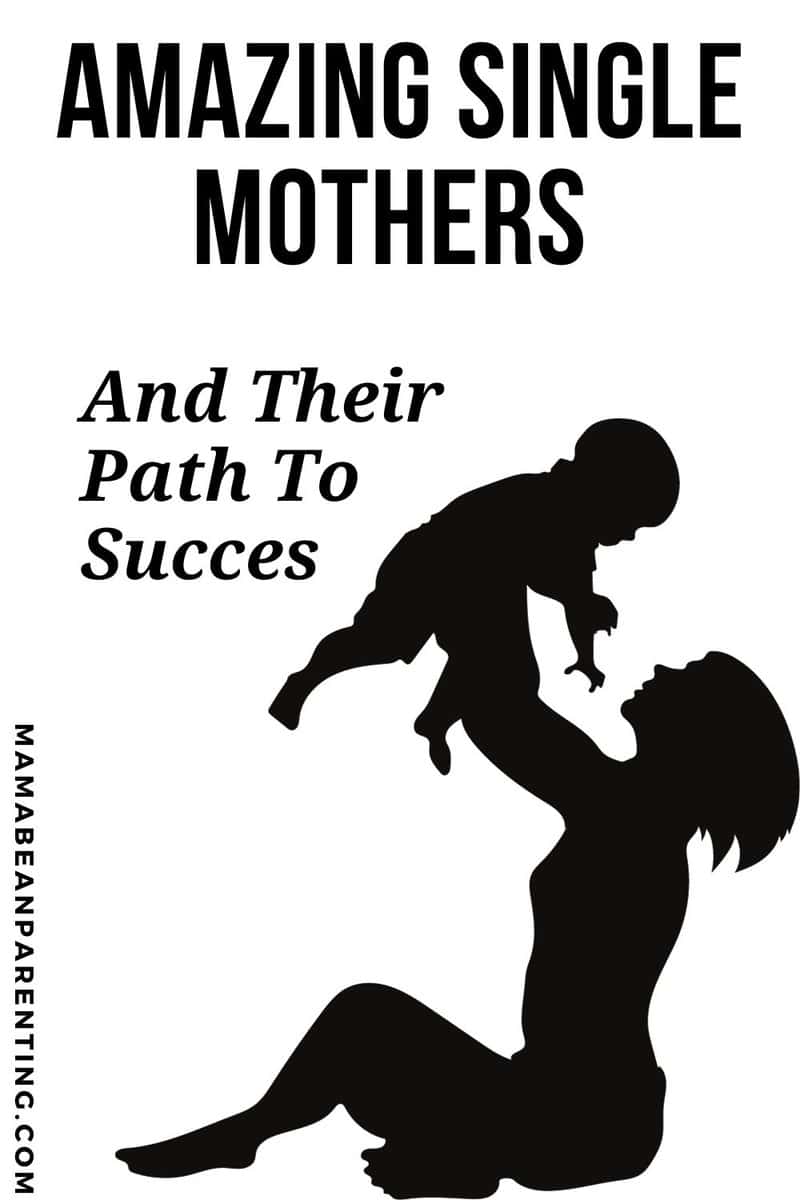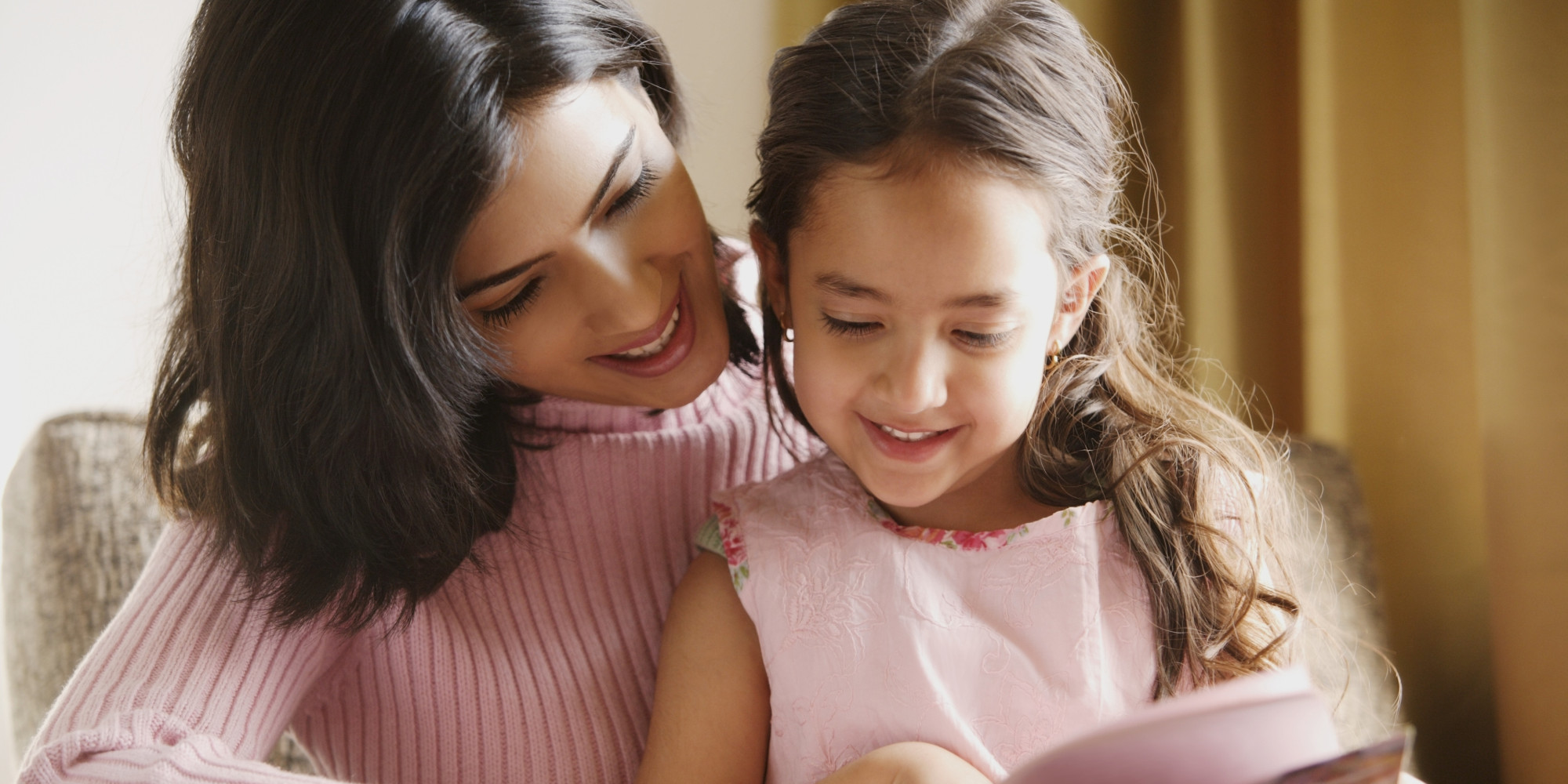Single motherhood is a complex and multifaceted topic, touching on aspects of family structure, societal norms, and economic conditions. One of the most important questions we can ask when exploring single motherhood is: What age are most single mothers? Understanding the age distribution of single mothers helps us gain insights into broader societal trends, economic pressures, and the challenges faced by these women.
Single mothers come from all walks of life, and their age can significantly impact their experiences, from economic stability to access to support systems.

What Age Are Most Single Mothers?
One of the most common questions asked about single motherhood is “At what age are most women becoming single mothers?” The answer varies depending on factors such as geography, socioeconomic status, and personal circumstances. However, we can look at several sources of data to determine general trends.
Age Distribution of Single Mothers in the United States
In the United States, the average age of single mothers has steadily increased over the past few decades. According to data from the U.S. Census Bureau, most single mothers fall within the age range of 25 to 40 years old. Here’s a breakdown of the distribution:
| Age Range | Percentage of Single Mothers |
|---|---|
| Under 20 years | 7% |
| 20-24 years | 22% |
| 25-29 years | 30% |
| 30-34 years | 25% |
| 35-39 years | 12% |
| 40+ years | 4% |
As shown in the table above, a significant proportion of single mothers are between the ages of 25 and 34. This trend is largely due to factors like career prioritization, post-secondary education, and the shifting norms around marriage and family planning. However, a substantial percentage of single mothers are also in their early twenties, often facing different sets of challenges compared to their older counterparts.
Global Perspective on the Age of Single Mothers
Globally, the age distribution of single mothers varies based on regional and cultural factors. In many developed countries, women tend to become single mothers in their late twenties or early thirties. However, in developing countries, the age can skew younger, with many single mothers being in their teens or early twenties due to factors like early marriage, limited access to education, and lack of reproductive healthcare.
Average Age of Single Mothers by Region
What Age Are Most Single Mothers in the United States?
In the United States, the increase in the age of single mothers has been linked to the growing number of women pursuing higher education and careers before starting families. Women are delaying childbirth in general, and the trend is the same for single mothers. Studies show that:
- The median age for first-time mothers in the U.S. has increased from 24.6 years in 1990 to 27.1 years in 2020.
- For single mothers, this age is often slightly lower than the national average, with many having their first child around age 24.
Women who become single mothers in their late twenties and early thirties are often more financially independent but may face challenges in balancing career responsibilities with parenting.
What Age Are Most Single Mothers in Europe?
In Europe, the trend is somewhat similar, though there are notable regional differences:
- In Northern Europe (such as Sweden, Norway, and Denmark), many women become single mothers in their early thirties, reflecting both strong social safety nets and a cultural acceptance of non-traditional family structures.
- In contrast, in Southern Europe (e.g., Italy, Spain), single motherhood often occurs in the mid-twenties, with fewer older single mothers due to stronger cultural emphasis on marriage before having children.


